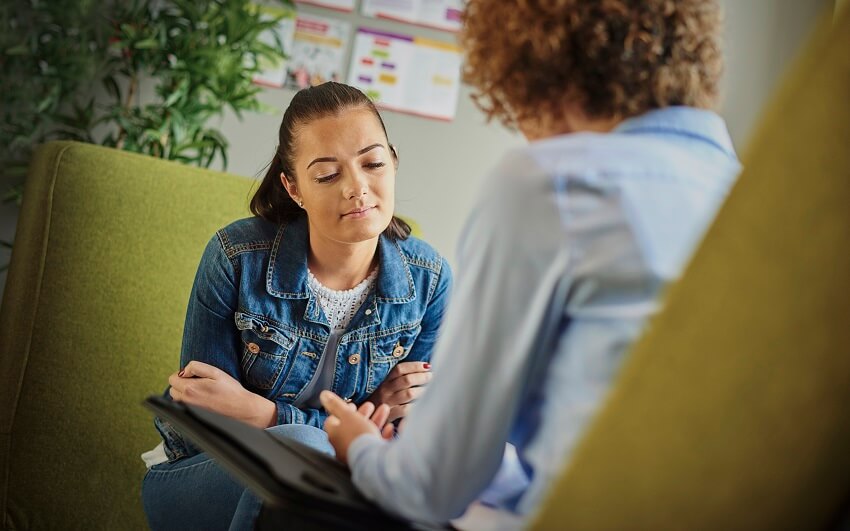‘The biggest challenge for self-harm is the media’s inaccurate message’

Mental Health Today spoke to Sarah Kessling, a trainer from Harmless, about how best to support people who self-harm and what changes she wants from a new government …
What’s your ethos when it comes to supporting people who self-harm?
“Recovery should be about resilience, being able to equip someone with the tools that help them deal with the underlying distress but also to manage and tolerate their emotional states. We want to encourage people to be whoever they want to be. They are not a ‘self’-harmer’, they are a person with a name.”
What do you think about harm minimisation?
“We believe that harm minimisation should be viewed within a broader context of appropriate and needs-led support that holistically moves towards recovery. Harm minimisation as a sole focus only considers the physical symptom rather than the underlying distress. Rather than telling someone you can change and there is hope, with harm minimisation you’re only saying - this is as good as it gets, you’ve just got to manage it."
What’s the biggest challenge in training healthcare professionals about self-harm?
“The biggest challenge is the inaccurate message that’s out there. The media portrays self-harm as ‘attention seeking’, ‘manipulative’ and ‘the teenage women problem’’. It’s that inaccurate information that gets out that affects how we can intervene.”
What do you want from a new government?
“I would like to see mandatory training for self-harm, suicide and mental health. Training is something that is so helpful but at Harmless we mainly access people who want training. But really this training is relevant to people in offices, people in non-medical areas, everywhere.”
What frustrates you most about how the NHS works at the moment?
“There isn’t a clear pathway for self-harm and we need to recognise the importance of early intervention. Currently self harm is not classed as a mental health condition - it’s a behaviour, a coping strategy. At the moment you go to your GP and often they send you to an IAPT service in primary care who deal with mild to moderate anxiety and depression. But lots of IAPT services can’t cater for ‘serious’ self-harm or suicide risk so then you get moved back to your GP. Then you can’t be referred to a secondary health service unless you have a diagnosable condition. That’s why you then have people going to A and E and the third sector. But even some third sector organisations can’t take that risk. We need a clear line of support for people who self-harm.”

Find out more about Harmless and Let’s Talk Training at www.harmless.org.uk or by emailing info@harmless.org.uk and training@harmless.org.uk. You can follow Harmless on twitter @HarmlessUK and @Letstalknlearn.
Comments
Write a Comment
Comment Submitted